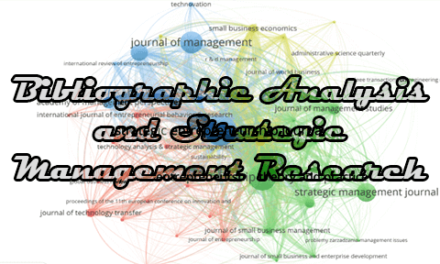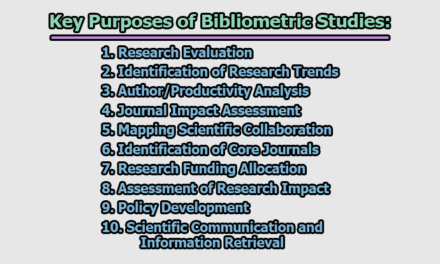Bibliometrics as a people analytics tool
Bibliometric indices on the measurement and evaluation of research contribute substantially to important academic decision-making at levels ranging from the international (e.g. university rankings) to the individual (e.g. tenure and promotion). Increasingly, bibliometric information also informs hiring, promotion, and funding decisions. Such findings imply that bibliometric factors may also play a significant role in the retention or termination of faculty, but explicit research on this issue is lacking. The potential utility of advanced bibliometric indicators as people analytic tools for understanding faculty employment status and decisions in the higher education research context.
Considering the significant importance of the university system to the social and scientific advancement of a region, there is a surprising lack of research examining the relationship between research performance and employee turnover in the university context. The advancement of people analytics as a concept and research stream offers some promise in examining this, and other important issues in the field of HR (Human Resources). HR activities are centrally concerned with return on investment and project costs. Digital technologies, big data, and ever-evolving data science techniques present an opportunity for a greater understanding of human performance in the workplace and increased cost efficiencies from strategic HR decision-making. However, as with all information technology advances in business and management, the quality of decision-making and predication is highly dependent on the quality of performance metrics used in the first instance. Further understanding of the relative utility of bibliometric measures as tools for people analytics in the university context is needed.
While bibliometrics are widely used as performance indicators for researchers, little is known about the nature of the relationship between such indicators and turnover decisions in the research context, represent a solitary recent example of attempts to understand the research performance dimension of employee recruitment and turnover through a bibliometric lens. The Italian academic environment acts as a unique case context for the examination of faculty mobility between universities. A notable element of the Italian context is the assertion that mobility within the university system is almost entirely voluntary. This contextual artifact limits the ability to investigate and understand any possible differences in research performance between voluntary and involuntary turnover, i.e. between resigned and terminated faculty. It also highlights the unique characteristic of faculty mobility in the Italian context and further illustrates the need for studies across different geographic locations, operating under different norms.
The relative suitability of such measures for use in the process of people analytics is unknown. As is the case with any metric, evaluating research performance based on a single measure is unwise. Qualitative self, supervisory and peer review should be an important component of any performance evaluation. In addition, it is vital to note that faculty performance is generally considered to be a composite of performance across the broader workplace responsibilities of research, teaching, and service. In the current study metrics of only one of these areas of responsibility (research) are considered. However, in line with much critical discourse on bibliometrics, research performance is a central consideration of overall faculty performance and as such may still be considered as a significant consideration in turnover decisions in the university context.
As such, one can reasonably expect that the qualitative and quantitative evaluation of research performance has a significant influence on tenure and termination decisions. If this is indeed the case then a suitably sensitive bibliometric indicator should be able to identify any research performance differences between samples of retained, resigned, and terminated faculty. Specifically, in the case of involuntary turnover, we might expect that on average, a sufficiently accurate research performance metric for a sample of terminated faculty should be lower when compared against the average performance of retained or resigned cohorts.
In conclusion, the intuitive expectation of a meritocratic and rational university environment is that research performance is a key determinant of ongoing employment and advancement. If standard bibliometric information such as publication counts, citation counts, and h-indices are sufficient to distinguish between a cohort of terminated faculty and cohorts of resigned and retained faculty which attempts to control for discipline difference and career length, is sensitive enough to identify performance differences across these groups.
Reference:
Ryan, J.C. (2020). Bibliometric indicators of faculty turnover.

Assistant Teacher at Zinzira Pir Mohammad Pilot School and College










